Impress Your Friends With 10 Random Facts About Insulation
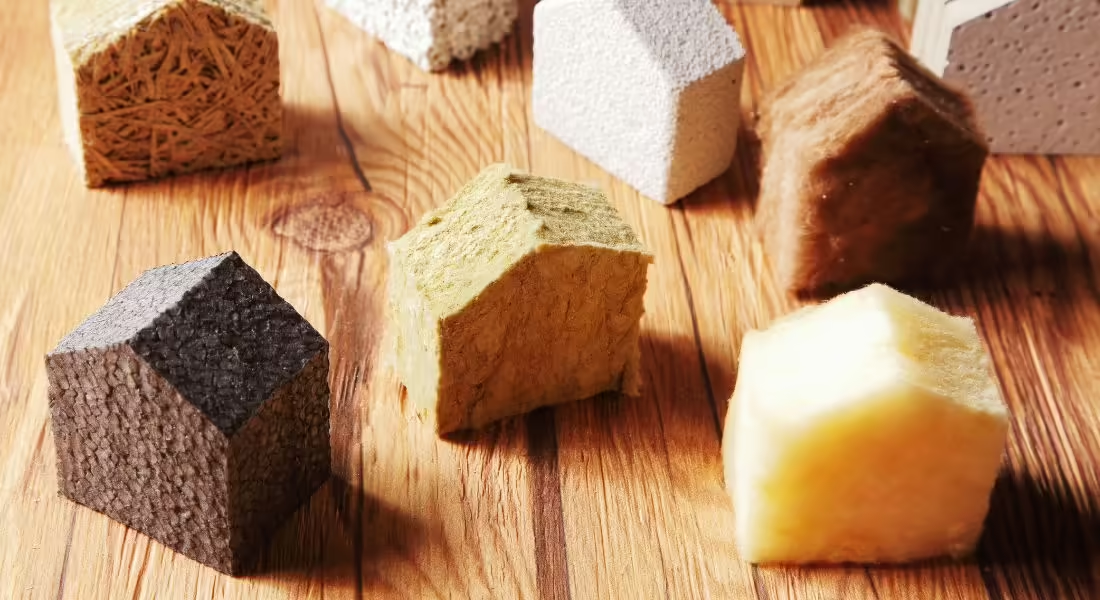
Insulation: it’s a word many people know but don’t completely understand. Even though knowing more about it might not affect your daily life or career, it’s sometimes fun to have random knowledge in your back pocket. Impress your friends with these 10 random facts about insulation.
The Accidental Invention of Fiberglass
Dale Kleist was attempting to create better glass technology while working as a researcher at Owens-Illinois Glass Company when he accidentally invented fiberglass. He tried to seal architectural blocks together by melting and spraying glass. He was unsuccessful in sealing the blocks, but he discovered the spray of molten glass formed tiny glass fibers.
One of the two men he was researching with, Jack Thomas, helped Dale refine the technique using a steam-blowing process. Through this discovery, the Owens-Illinois Glass Company and Corning Glass joined forces to create Owens Corning Fiberglass Corporation in 1938. They made fiberglass products using the innovative minds of Dale Kleist, Games Slayter, and Jack Thomas.
In fact, Owens Corning is still around today! The company is a leading manufacturer of fiberglass insulation and glass fiber reinforcements for boats, bathroom fixtures, and sports cars.
Understanding R-Values
R-values and insulation go hand in hand, as R-values measure the efficacy of insulation. R-values provide insight into how well an insulation type can prevent heat from entering or escaping your house. The density and thickness of the insulation’s materials create various R-value measurements.
If you see a higher R-value rating, the insulation will give your home better energy efficiency and climate control. This benefit will mean a comfortable house for you all year. Typically, the higher the R-value, the more expensive the insulation. But you can compensate for the upfront cost with lower heating and cooling bills.
Ancient Insulation Methods
Humans have always utilized whatever materials were available to create comfortable homes. Mud was the first form of insulation, and the Vikings and Egyptians knew how to use it well.
The Vikings would mix straw into the mud to create a thick paste they would plaster between logs. This concoction would help stop the wind and cold temperatures from entering their homes.
The Egyptians would create mud bricks to stop the sweltering heat from getting inside. They’d stack them up to create a barrier that would make comfortable homes.
Asbestos in Ancient Greece
The Ancient Greeks were the first to use asbestos. Because of its flame resistance, they believed the material had magical powers. In fact, asbestos received its name from its flame-resistant qualities, as it translates to inextinguishable.
Not only would the Greeks use asbestos as insulation, but they’d also spin the asbestos fibers to create tablecloths and blankets. Thanks to its fire resistance, it was especially useful for settings with ceremonial candles.
Insulation Regulates Energy Loss
Insulation is crucial to reducing a home’s energy loss and usage. It’s an essential component for every residential and commercial building. Since heat flows toward colder areas (i.e., the outdoors), houses need a barrier to prevent that flow. Likewise, during the summer, insulation will stop the heat from entering your house.
An uninsulated home can lose 60 percent of its energy. Without any insulation as a barrier, your house has no protection. Ensure you properly insulate your home to withstand all the outdoor elements and to stop the escaping energy.
Modern-Day Asbestos
Asbestos grew in popularity during the late 19th century. It was relatively inexpensive to produce, and there was a massive abundance of asbestos-containing materials. Unfortunately, it wasn’t only used in the construction and insulation industry. Firefighters used it in clothing, and the food industry created hot pads to keep heat from transferring to an individual’s hands. You could even find it in clutch fittings and brake shoes in vehicles!
However, in the early 1970s, studies began to show the adverse side effects of asbestos. This new information slowed the widespread use of the toxic material. Companies had to develop asbestos substitutes and remove the material from the market.
However, since the United States never fully banned asbestos, there are a few products today that contain asbestos. You can find it in brake pads and liners, filters, flooring and carpet adhesive, ironing board covers, and more.
Environmentally Friendly Insulation Options
Homeowners are becoming more concerned about the environment and want to reduce their carbon footprint. Fortunately, there are several environmentally friendly insulation options on the market. Wool and cotton are two safe and sustainable materials that can provide insulation for your home. Plus, they’re safe for you to handle.
ThermaCork is another eco-friendly insulation. This product comes from the outer oak tree bark and is biodegradable, natural, and recyclable. Also, recycled newspapers or other types of paper can create cellulose insulation instead of filling up the landfill.
Denim as Insulation
Jeans in your walls? That sounds absurd! Well, it’s true. It’s an option that can provide a comfortable home all year. However, you don’t have to worry about stacks of jeans in your walls, attic, or floors. Manufacturers roll the material into batts similar to fiberglass. Think of all the denim you could repurpose for your home instead of sending it to the landfill.
What’s a Batt?
Fiberglass comes in batts. These batts look like blankets of insulation ready to flatten into your attic, walls, floors, and other locations. So whenever you hear the term batts in relation to insulation, it’s not referring to baseball or flying mammals. Instead, fiberglass batts are some of the most common insulation types due to availability and price point. Also, the thicker the installation team layers the batts, the higher the R-value.
The Insulation Varieties
Around 10 different varieties of insulation are available to homeowners and commercial building owners in the United States. A few of these types include the following:
- Fiberglass
- Mineral wool
- Cellulose
- Denim
- Blown-in
- Spray foam
- Radiant barrier
- Foam board
Each insulation provides a different R-value and works well in various climates. Choose an option fit for your home and climate, and you will experience comfort and energy efficiency through all seasons.
Now you can impress your friends with your new random insulation facts. And if you need insulation for your home, you should hire a professional to install it. Paragon Protection is the expert on spray foam. We are a spray foam insulation company in Crystal Lake that will install the insulation correctly the first time. All that’s left for you to do is enjoy your comfortable home. Contact us today for more information!





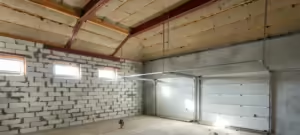




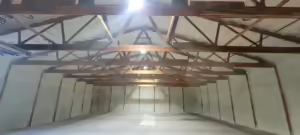



 Professional Insulation Services
Professional Insulation Services Attic Insulation Services
Attic Insulation Services Basement Insulation
Basement Insulation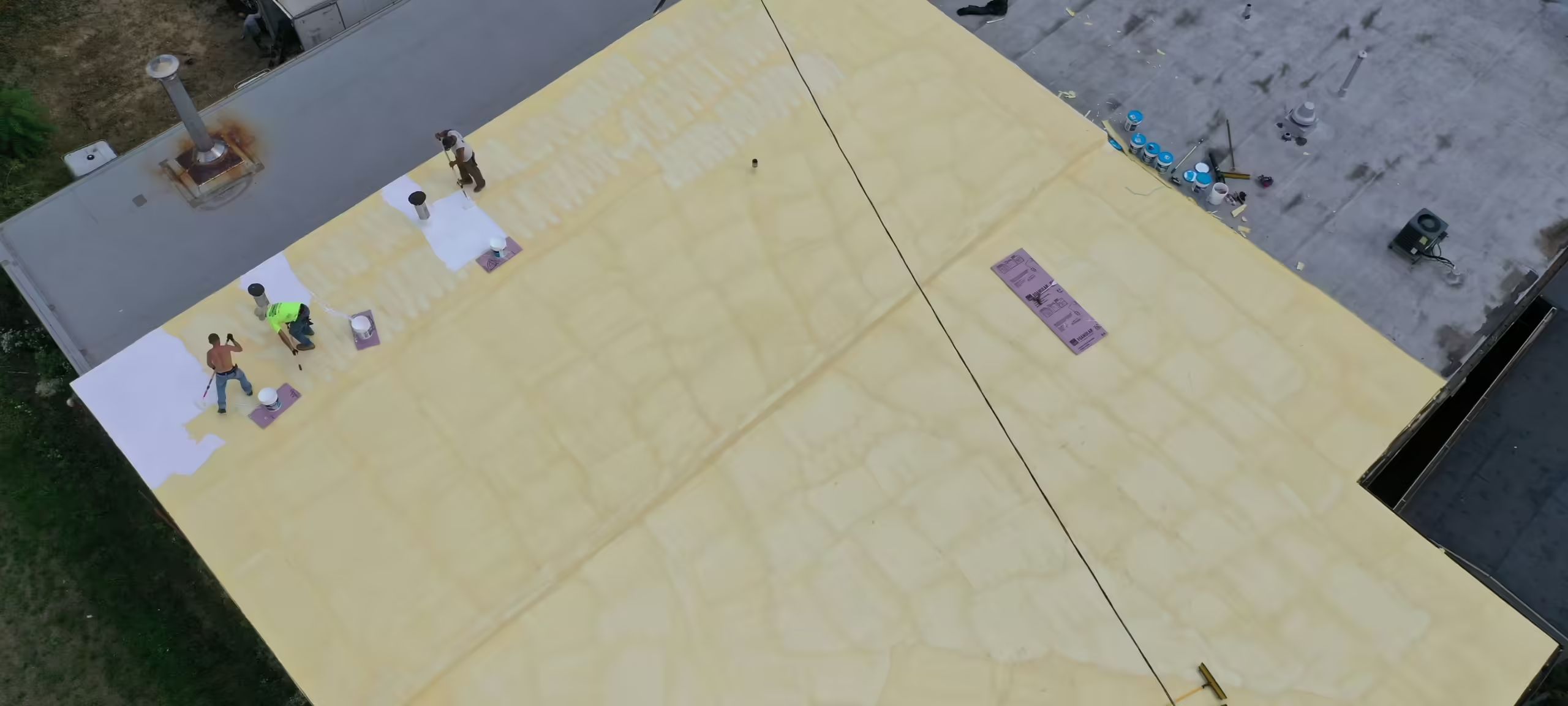 Commercial Insulation
Commercial Insulation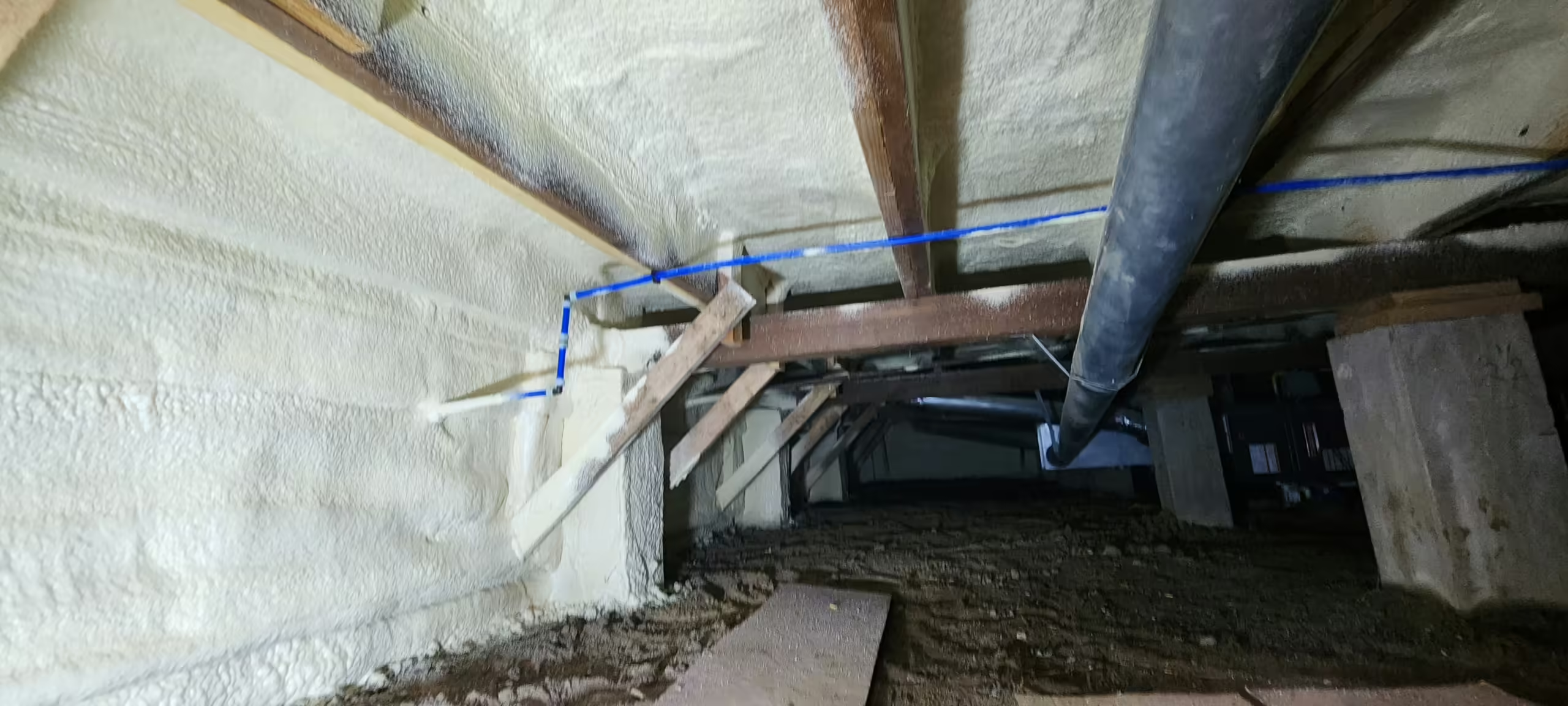 Crawl Space Insulation
Crawl Space Insulation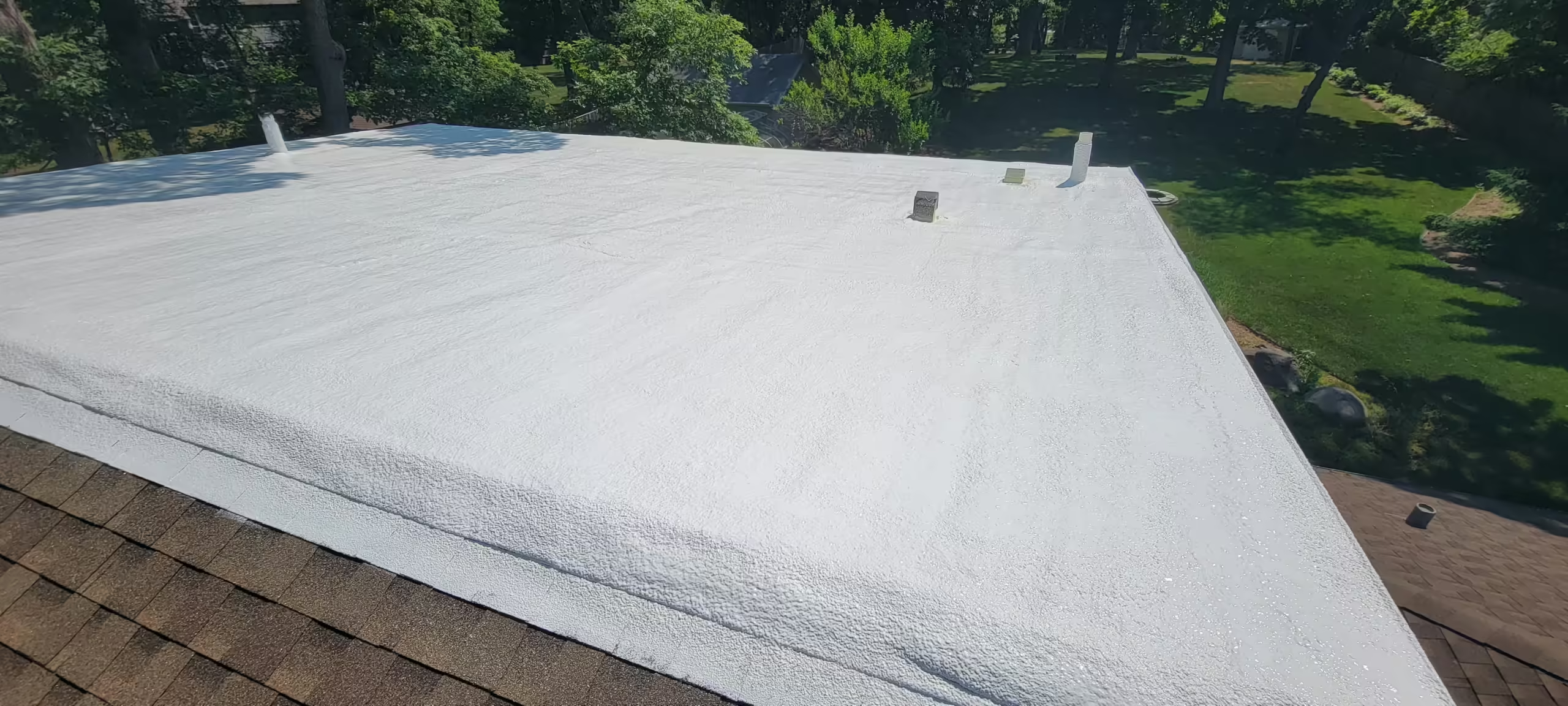 Exterior Wall Insulation
Exterior Wall Insulation Garage Insulation
Garage Insulation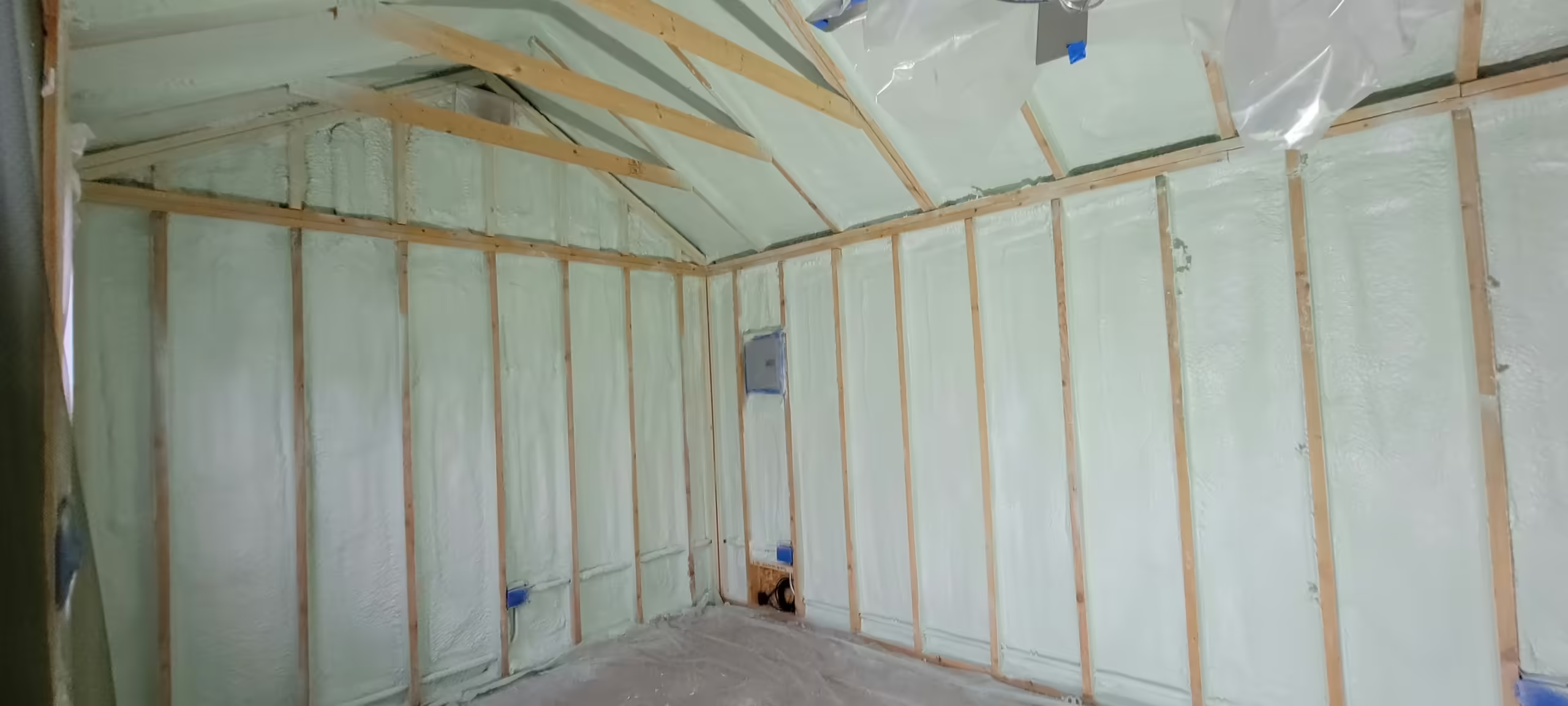 Interior Wall Insulation
Interior Wall Insulation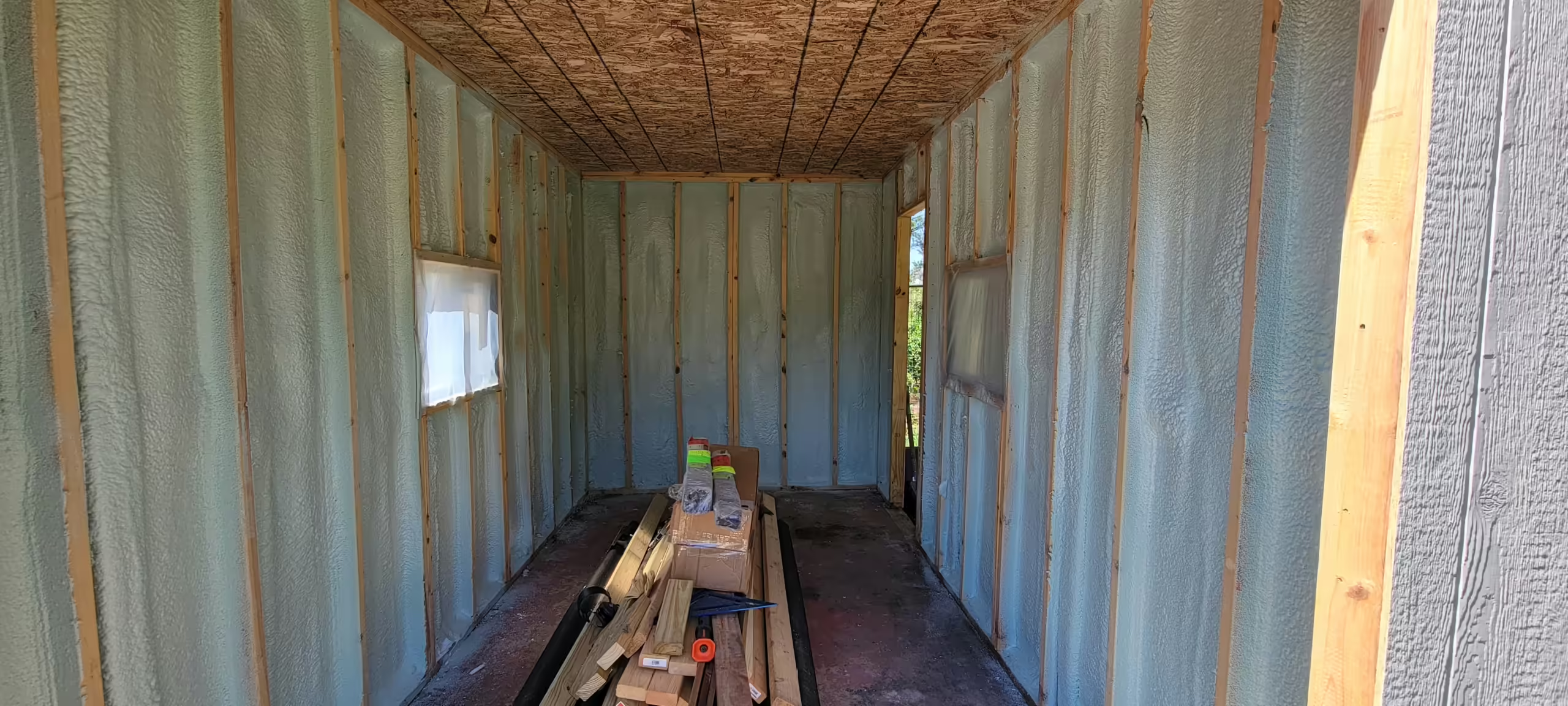 Shed Insulation
Shed Insulation Power Washing
Power Washing Sealcoating
Sealcoating Backup Power Generators
Backup Power Generators Lake County Insulation
Lake County Insulation Spray Foam Insulation Guides
Spray Foam Insulation Guides Insulation Guide
Insulation Guide Home Improvement & Maintenance Guide
Home Improvement & Maintenance Guide